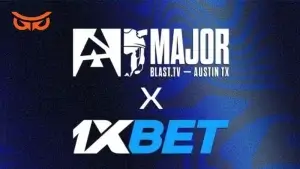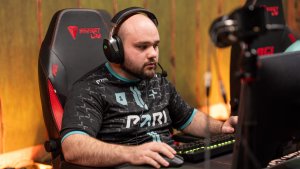Every League of Legends match can be broken down into three stages: early game, mid game, and late game. Each stage has distinct qualities that requires teams and players to adapt to the ever-changing game flow. The actual definitions of these phases are fairly subjective. In general, early game deals with the first 10-15 minutes of the match, mid game covers the 15 to 30 minute range, and late game is everything that comes after that.
Early Game
The early game is the laning phase. Champions mostly stay in their lanes and movement around the map is contained to jungler ganks and mid lane or support roams. The early game puts a strong emphasis on establishing vision and tracking the enemy jungler. If you can’t tell where the jungler is, it’s best to avoid going on the offensive and play safe until you get more information.
The main goal for the early game is to push down a couple of turrets, get a few kills, and secure an Elemental Drake or two. It’s rare to win the match here, although it’s definitely possible if your team outclasses the opposition. Still, most of the time, the early game acts as the transitional phase where champions build up gold, buyr items, and prepare for the actual showdown.
Mid Game
The real action starts in the mid game. The lanes are no longer as important, and teams start to look for opportunities to break open the match. These windows involve setting up teamfights, securing objectives, catching out enemies, and getting a splitpush going.
Since the mid game has more champions working together, it also has the most strategic depth. Some teams make elaborate plans to pick their enemies apart by taking away one objective after another. Others brute force their way to victory, relying on player strength and superior teamfighting to carry them to victory. And while mid game does need a certain amount of coordination, there’s plenty of room for individual skill to shine too. Whatever your approach is, it’s in the mid game that you can execute it to its fullest potential.
Another benefit of the mid game is that it still offers some leeway. Death timers in League of Legends scale with levels, meaning the higher level you are, the more you have to wait to respawn. Most champions in the mid game are around level 8-12 (as opposed to the maximum of level 18). They don’t have the best items and the strongest spells yet, so while you have to be wary of dying, a single death won’t make or break the game. And even if your entire team gets wiped out, your opponents will still lack the time and the firepower to finish the game.
Late Game
The late game is a stark contrast to the mid game in that it leaves no room for error. With death timers going over a minute, every team is walking a tightrope where a single misstep can lead to a loss. That’s why everyone tends to stick together while looking for that one game-winning teamfight.
Since champions have unlocked their abilities and bought powerful items, they can clean up regular minions in a matter of seconds, and assaulting the enemy base becomes increasingly difficult. So Baron Nashor—a neutral monster that gives a buff to power up your minions—becomes key. Teams will often do the Baron dance where 10 champions gather around the objective looking for openings to start a game-winning teamfight. But because Baron Nashor is so strong, teams will often be locked in a stalemate where neither wants to make the first move.
Luckily, there’s another important objective on the other side of the map. The Elder Dragon. A team that secures the Elder Dragon receives a powerful stat boost that gives it the upper hand in any upcoming skirmishes. And since even a single good fight can result in a win, Dragon becomes a viable alternative to Baron Nashor.
Finally, there are inhibitors. In the late game, the winning team can break into the enemy base and takes down their inhibitors. This increases the strength of your minions and forces your opponents to deal with them—which makes it that much easier to set up a Baron or an Elder Dragon and secure the win.
Conclusion
Many teams excel at different parts of League of Legends. But while there are obvious merits to mastering the early game and the late game, mid game is where you can secure the biggest leads. And as long as that is the case, it will remain king.























